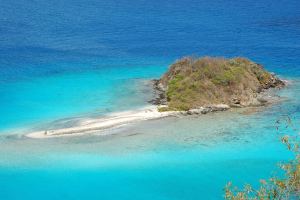
The phrase “forensic engineering” means applying engineering principles to uncover failures and other performance issues. Forensic engineers attempt to discover why structures, components, or machines failed to function as intended and led to human injuries, property damage, or economic losses. Forensic engineers use reverse engineering, a procedure that helps them retrace the cause of the defect, failure, or accident. Forensic engineers also try to find ways to prevent failures from recurring.
Depending on the consequences of the failure, criminal or civil legal actions may follow. The findings of forensic engineers may serve as evidence in court. Further, forensic engineers may provide expert opinions to legal clients, opposing parties, judges, and juries. Occasionally, forensic engineers may testify in trials.








 The president of his own forensic engineering firm in Syosset, New York, Paul Angelides is a licensed engineer in the states of New York and Connecticut, as well as the US territory of the Virgin Islands. As a part-time St. John resident and an avid snorkeler, Paul Angelides enjoys the multiple snorkeling destinations that the island has to offer.
The president of his own forensic engineering firm in Syosset, New York, Paul Angelides is a licensed engineer in the states of New York and Connecticut, as well as the US territory of the Virgin Islands. As a part-time St. John resident and an avid snorkeler, Paul Angelides enjoys the multiple snorkeling destinations that the island has to offer.
You must be logged in to post a comment.